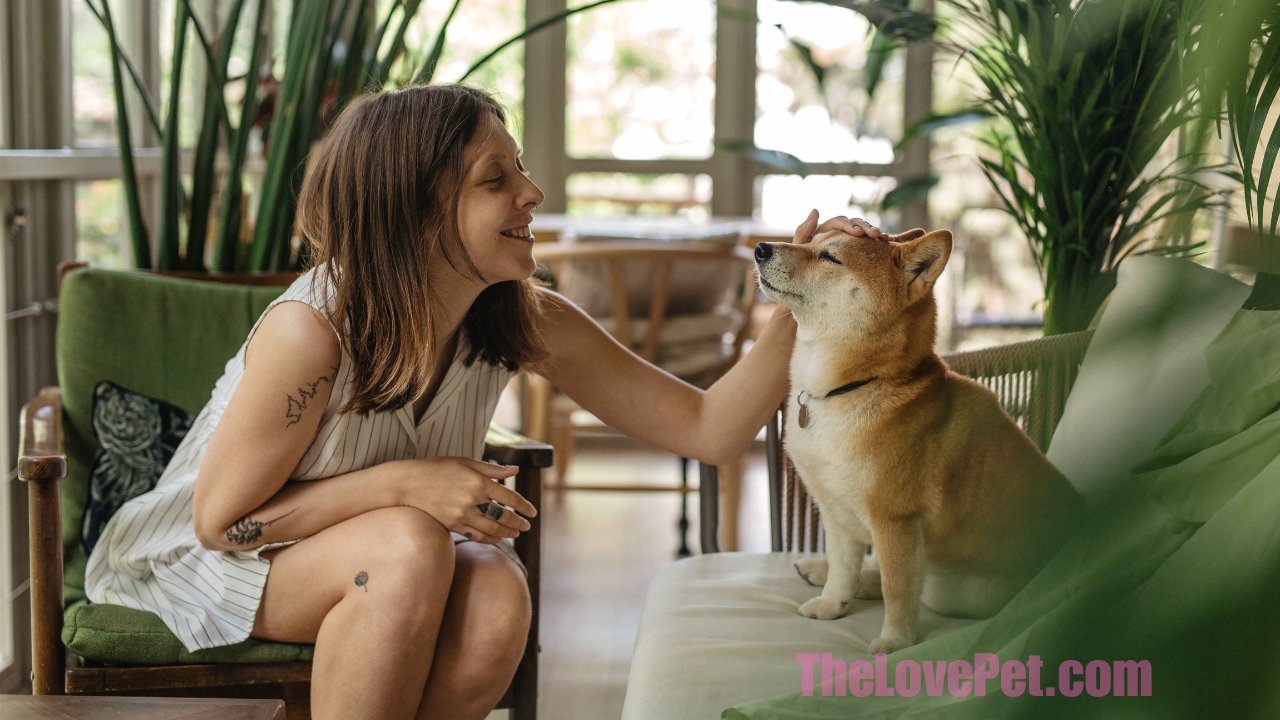What’s A Pet Peeve?
Definition of Pet Peeve
A pet peeve is something that annoys or bothers someone, though the source of annoyance is minor. It’s a personal irritation that elicits a response of frustration or anger, even though most people wouldn’t find it bothersome.
Common Pet Peeves
Noisy eaters
The sounds of people chewing loudly or with their mouth open is a common pet peeve. Other eating noises like slurping soup or drinks can also be irritating.
Poor grammar and spelling
For some people, hearing or reading poor grammar or misspelled words is very annoying. They may internally cringe when people mix up “they’re,” “their,” and “there.”
Slow walkers
Getting stuck behind slow walkers can be frustrating. Some people get impatient when others stroll leisurely down the sidewalk or grocery store aisle.
Others talking loudly on the phone
Hearing other people’s phone conversations in public places bothers some people. The loud voices can disrupt concentration or seem invasive of privacy.
Dealing with Pet Peeves
While pet peeves can be irritating, it’s important to keep them in perspective. The source of annoyance is fairly minor, and getting angry about it usually doesn’t help. Taking a deep breath and focusing on something else can help alleviate frustration.
Here’s some additional content to expand on the article:
Origins of Pet Peeves
Pet peeves likely arise from personality differences between people. Something innocuous to one person may be grating to someone else. Genetics and upbringing also play a role in forming pet peeves.
Coping Strategies for Pet Peeves
Communication
Politely communicating with the source of annoyance can sometimes help. For example, asking a loud talker to quiet down or speaking with slow walkers blocking the aisle.
Exposure
Sometimes exposure over time can lessen the irritation of a pet peeve. The more a person encounters their pet peeve, the more desensitized they can become.
Humor
Finding humor in frustrations can take the edge off pet peeves. Laughing at an annoying situation makes it seem less serious.
Pet Peeves in Relationships
Pet peeves can strain relationships if not handled with care. It’s important to avoid nitpicking at a partner’s minor annoying habits. Focusing on the positive can help overcome pet peeves.
#FAQ #Update #AdditionalContent
“Recognizable Annoyances: 75 Pet Peeves Including Interrupting, Slurping, and One-Upping”
**Questions:**
1. What is the definition of a “pet peeve”?
2. Can you provide some examples of common pet peeves?
3. How can I deal with people who have annoying pet peeves?
4. What are some examples of rude behavior that can be considered as pet peeves?
5. How can I avoid annoying others with my habits and behaviors?
**Answers:**
1. A “pet peeve” is defined as “a particular and often continual annoyance; personal bugbear.” For instance, someone might consider a consistently late coworker to be their pet peeve.
2. Common pet peeves include gum chewing, loud slurping, people hogging the sidewalk, spitting in public, and cutting in line.
3. Dealing with people who have annoying pet peeves can be challenging. It’s essential to be considerate and respectful of their preferences to maintain a harmonious relationship.
4. Some examples of rude behavior that can be considered pet peeves include interrupting conversations, talking loudly on the phone in public, and not replacing the toilet paper.
5. To avoid annoying others with your habits and behaviors, it’s important to be mindful of social norms and considerate of others’ preferences. This includes not talking loudly on the phone in public places and practicing good hygiene, like washing your hands after using the restroom.
You can find the full post here
#FAQ #Update #AdditionalContent
“Common Irritations: A List of 77 Pet Peeves”
**Questions:**
1. What are pet peeves, and why do they bother people?
2. Can you provide some examples of common pet peeves?
3. How do pet peeves affect personal relationships?
4. What are some examples of inconsiderate behavior that can be pet peeves?
5. How can people address and manage their pet peeves in a respectful manner?
**Answers:**
1. Pet peeves are minor annoyances that individuals find irritating. They bother people because they often involve specific behaviors exhibited by people close to them, such as family members, friends, or colleagues. These behaviors can range from personal hygiene to manners, and they can be a significant source of irritation for those affected.
2. Common pet peeves include people who chew with their mouths open, cut in line, hog the aisles in stores, slurp loudly when eating or drinking, and tap their pens or pencils on tables or desks.
3. Pet peeves can strain personal relationships because they create irritation and frustration. Even though some people may laugh about these annoyances, they can still lead to underlying resentment when others repeatedly cross the line with their irritating behaviors.
4. Inconsiderate behaviors that can be pet peeves include not replacing the toilet paper roll, invading personal space, spitting in public, leaving lights on in empty rooms, and interrupting conversations.
5. To address and manage pet peeves in a respectful manner, individuals can communicate their feelings and preferences with those who exhibit the annoying behaviors. It’s essential to express oneself calmly and constructively to avoid conflicts and promote understanding.
You can find the full post here
#FAQ #Update #AdditionalContent
“The Definitive Compilation of 91 Pet Peeves Guaranteed to Test Your Patience”
**Questions:**
1. What are some common examples of pet peeves?
2. How can pet peeves affect your day?
3. Are there any funny or unusual pet peeves mentioned?
4. How can pet peeves affect relationships?
5. Why do people often share their pet peeves with others?
**Answers:**
1. Common pet peeves include people not washing their hands after coughing, sneezing without covering their mouths, and others eating your food without asking, among many others.
2. Pet peeves, even if seemingly irrational, can have a significant impact on your day, as they can lead to irritation and frustration when encountered.
3. Some funny or unusual pet peeves mentioned include people who have dirt under their fingernails, the sound and feel of pebbles when you walk on them, and people who abbreviate every word in their text messages.
4. Pet peeves can affect relationships when one person’s annoying behaviors consistently bother the other, potentially causing tension or arguments.
5. People often share their pet peeves with others as a form of bonding and venting. It can be relieving to discover that others share the same annoyances, leading to a sense of camaraderie.
You can find the full post here









